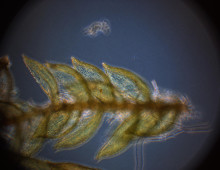Soybean and Sorghum root hair cell studies
The epigenome is comprised of chemical compounds that mark the genome with instructions such as what to do, and where and when to do it. A transcriptome is a collection of all the transcripts present in a given cell. When the epigenomic and transcriptomic responses of a cell to a stressor are recorded, they provide… [Read More]
